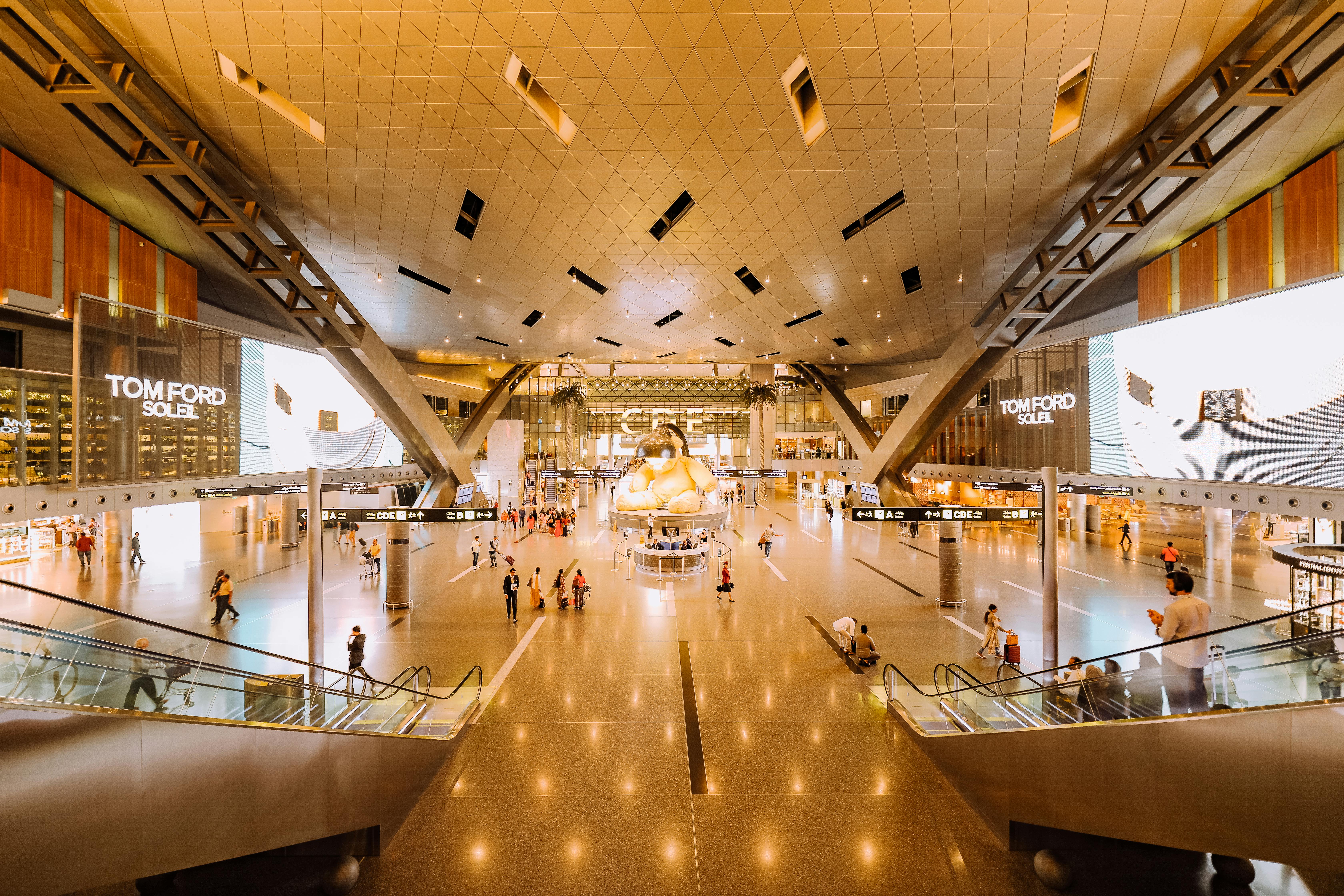Designing accessible venues for diverse audiences
Accessible venue design connects physical, digital, and social elements to welcome diverse audiences. Thoughtful planning around ticketing, seating, circulation, and outreach reduces barriers for fans of all abilities, strengthens community ties, and supports sustainable attendance and engagement patterns across events and seasons.

How can ticketing and attendance be made more inclusive?
Inclusive ticketing starts with flexible options that reflect real-world needs: accessible seating sections, companion tickets, variable pricing for different abilities and income levels, and advance notice for sensory-friendly events. Digital ticketing platforms should allow alternative formats and easy transferability, while on-site staff must be trained to handle accessibility requests. Making information about accessibility features prominent on ticketing pages and marketing materials improves attendance for groups that might otherwise hesitate. These measures also support retention by reducing friction for first-time attendees and encouraging repeat visits from underrepresented communities.
What accessibility features should stadiums include?
Design choices such as step-free routes, tactile guidance, hearing loop systems, clear signage, and quiet rooms directly affect how people experience a venue. Seating should offer varied sightlines, adjustable areas for different wheelchair sizes, and nearby companion seating. Restroom and concession designs must consider wider circulation and reach ranges. Lighting and acoustics planning benefits sensory-sensitive fans. Regular audits with disability advocacy groups and grassroots engagement can identify practical improvements, creating a safer, more inclusive environment that supports both attendance and long-term fandom growth.
How does digital engagement improve fandom and retention?
Digital tools can broaden reach and deepen belonging when they are accessible and intentionally designed. Mobile apps and websites must follow accessibility standards, provide captions and transcripts for video, and support screen readers. Personalized content—such as membership benefits, accessible seating alerts, and event-specific guidance—helps convert occasional attendees into loyal members. Analytics that respect privacy can reveal patterns in purchasing, attendance, and engagement, helping teams tailor outreach and merchandising that resonate with diverse audience segments and increase lifetime value without excluding anyone.
How can membership and community outreach boost attendance?
Membership programs that include accessible perks—priority booking for accessible seats, sensory-friendly sessions, and community-focused events—encourage sustained engagement. Outreach to grassroots organizations, schools, and cultural groups builds trust and expands the fan base beyond traditional demographics. Collaboration with local transit and shelter services can remove transportation or safety barriers that limit attendance. Community-driven initiatives also support merchandising strategies that reflect audience diversity, increasing uptake and revenue while strengthening the social fabric around the venue.
What role do analytics, merchandising, and sponsorship play?
Analytics illuminate attendance trends, peak times for different audience segments, and retention drivers, enabling evidence-based investment in accessibility features. Merchandising that reflects diverse fandom—size-inclusive apparel, culturally relevant items, and adaptive wearables—both increases revenue and reinforces inclusivity. Sponsors who value community engagement and accessibility can underwrite initiatives like sensory rooms, accessible transit shuttles, or scholarships for grassroots programs. Clear measurement of outcomes helps justify ongoing sponsorship and aligns commercial goals with social impact.
How to balance safety and sustainability in venue design?
Safety and sustainability are complementary when planned together: durable, low-impact materials can reduce maintenance disruptions while minimizing environmental footprints. Wayfinding and crowd-flow designs improve safety and reduce congestion, aiding attendance and comfort. Climate considerations—shade, ventilation, and energy-efficient systems—support long-term operational resilience. Emergency procedures must be fully accessible, including accessible alerts and evacuation plans. Integrating sustainability with safety and accessibility creates venues that serve diverse audiences reliably across seasons and events.
Conclusion
Designing accessible venues requires integrated strategies across ticketing, physical infrastructure, digital platforms, community outreach, and commercial partnerships. When venues prioritize accessibility, they not only meet legal and ethical obligations but also expand attendance, deepen fandom, and unlock new revenue opportunities. Ongoing collaboration with community stakeholders, regular accessibility audits, and data-driven decisions ensure that venues remain welcoming, safe, and sustainable for diverse audiences worldwide.





